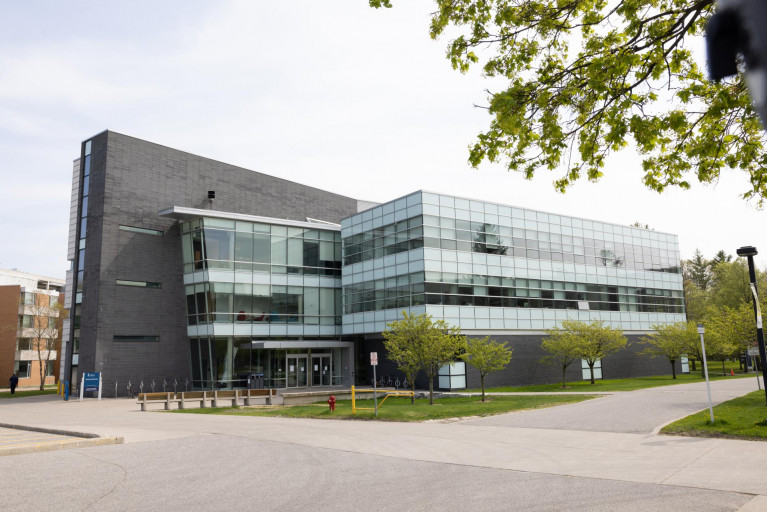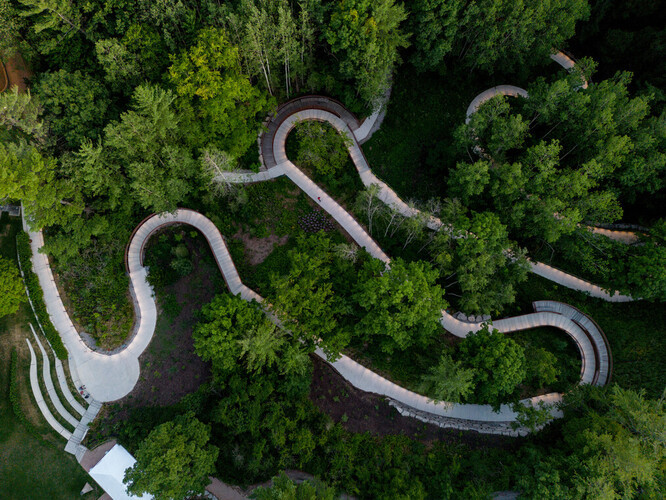Indigenous Place Making
Indigenous Place Making

Place-Making at UTSC
Place-making is the restoration of an Indigenous presence through art and design that is rooted in Indigenous Knowledge, including Indigenous participation and collaboration. At UTSC, we are dedicated to implementing the calls to action in Wecheehetowin, the University of Toronto’s response to the Truth and Reconciliation Commission. Living the intent of reconciliation is a fundamental value of our campus community.
Place-Making for our Campus Spaces
Under the direction of the UTSC Truth, Reconciliation & Indigenous Initiatives Advisory Committee (TRIIAC), the UTSC Place-Making Sub-Committee engaged in a consultative process to assign Indigenous names using a variety of languages to spaces on campus as part of their committee mandate.
Process launched in November 2021 by co-chairs of TRIIAC announcing the renaming of MW Building and the naming of Valley Land Trail; and language translation for two pathways: the Rock Walk and the Scholar’s Walk. The process involved consultations with Elders, Knowledge Keepers, and language speakers as well as Campus-wide consultation.
To view more information about each of the 4 renamed campus spaces, please click on the associated image below.

Ilinniaqtiup Aqqutinga (Inuktitut)
For the renaming of Ilinniaqtiup Aqqutinga (formerly known as Scholar’s Walk) the Inuktitut translation was chosen by member of UTSC Elders’ Circle Naulaq LeDrew.

Kina Wiiya Enadong Building (Anishinaabemowin)
For the renaming of the Kina Wiiya Enadong building (formerly the MW Building), the agreed upon Anishinaabemowin language was chosen. Elder Josh Eshkawogan proposed this language based on the agreed upon ethos: Everyone Spirit Mind (Anishinaabemowin), “Gift of Multiple Perspectives” (English)

Ma Moosh Ka Win Trail (Cree)
For the renaming of Ma Moosh Ka Win Trail (formerly known as Valley Land Trail), consultation with Elder Josh Eshkawogan and his family resulted in the ethos of the name for the trail, focusing on themes of healing, restoration, harmony and whispering trees. Elder Andrew Wesley walked the trail to reflect on selected themes for the name and proposed the Cree name Ma Moosh Ka Win Trail with the ethos of “people coming together with the land for healing restoration/to enjoy the environment/peace/water for healing”.

Tsi Yonnenyakéhtó:Ten (Mohawk)
For the renaming of Tsi Yonnenyakéhtó:Ten (formerly known as Rock Walk), the Mohawk translation was chosen by Tahohthátye Joe Brant, with ethos being “The place where rocks stick out”.